
ASOR ELECTION RESULTS (2019)
ASOR announced five newly elected members of the ASOR Board of Trustees at the 2019 Annual Meeting in San Diego.
There were two openings for Member-elected Trustees (each for a 3-year term) and three openings for Institutionally-elected Trustees (two openings for 3-year terms and one opening for a 2-year term). All ASOR members were eligible to vote in the Member-elected Trustee Election, while only Institutional Representatives of the 70 ASOR-member schools voted in the Institutionally-elected Trustee Election. Both elections were conducted by online ballot.
In addition, Lisa Ackerman and Sheila Bishop were re-appointed as Board-elected Trustees.
Congratulations and welcome to the new members of ASOR’s Board of Trustees!
Membership-elected Trustees
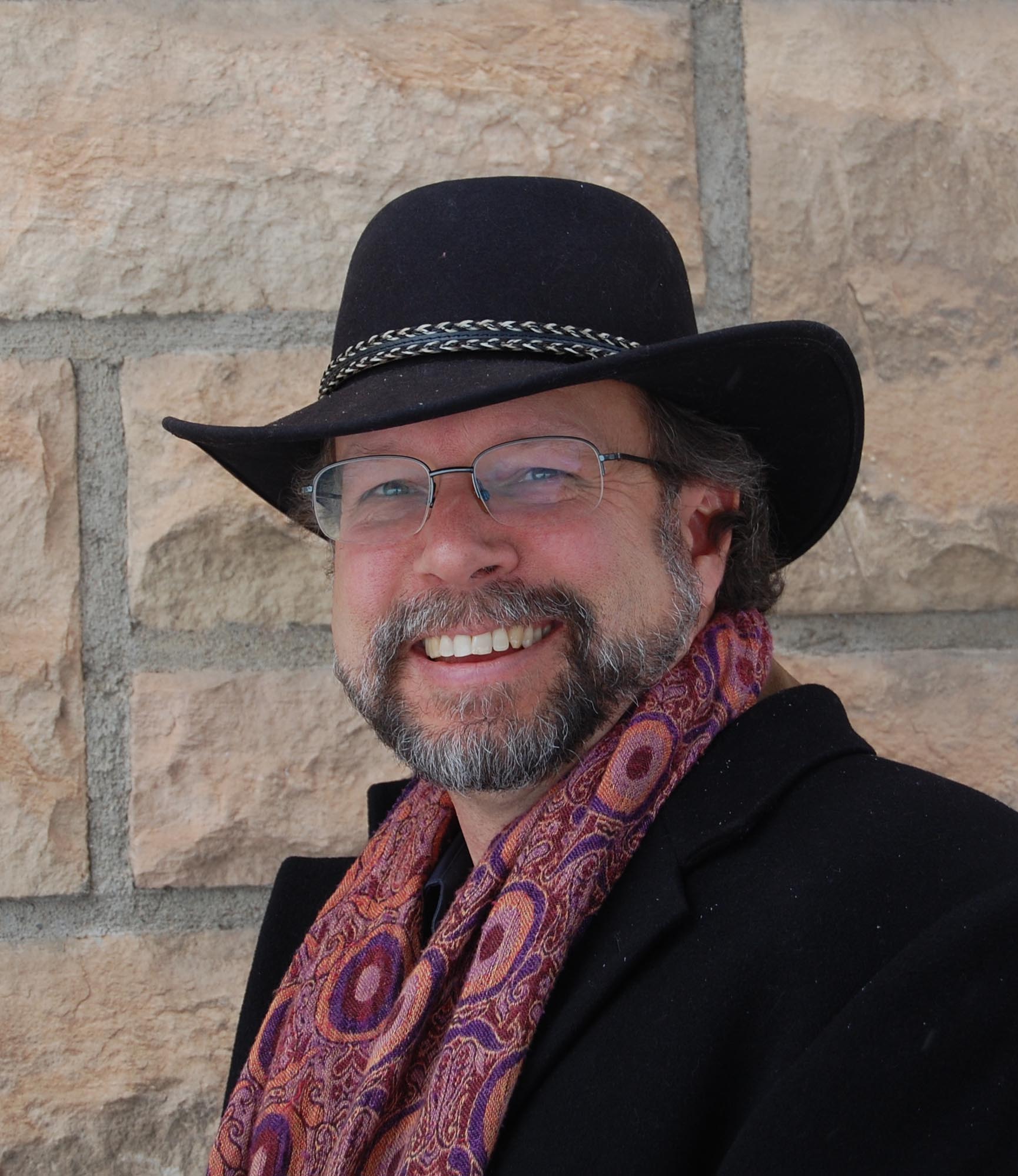
Paul V. M. Flesher
My primary training is in the history of ancient Judaism and its texts, but I have always seen archaeological research as an important source for understanding the ancient Near East. I began studying Judaism of the land of Israel during the Roman and early Byzantine periods at the University of Rochester, and then undertook an M.Phil. with Geza Vermes at Oxford University (1982) and a Ph.D. with Jacob Neusner at Brown University (1988).
During my undergraduate days, I also studied computer programming and for the last 40 years have used computers in my research. When I was on the staff of the Tel Miqne excavations in 1995, I was responsible for designing a pottery database and recording finds. More recently, I served on the Huqoq staff for four years, first designing their database, and then guiding recording. Currently, I help lead a project to create an online database archive of the excavation records from the four upper-Galilean synagogues and the Jewish quarter at Sepphoris which Eric and Carol Meyers excavated and published.
When I served as the Seymour Gitin Distinguished Professor at the Albright in 2016, I began a multi-disciplinary project investigating how Jewish ritual took place in now-excavated Galilean synagogues. And, unable to stay away from excavation, I served as an area supervisor at Legio (part of the Jezreel Valley Regional Project) this past summer, under the directorship of Matt Adams and Susan Cohen.
Finally, part of what I can bring to the Board is a broad expertise in public outreach that could help ASOR promote Near Eastern archaeology more effectively. I have been an associate editor of the Bible and Interpretation website from its founding, written a bi-monthly newspaper column called Religion Today for 20 years, and for the last decade have organized and promoted a faculty-based lecture series across my state called Saturday University.
Mission Statement: The heart of ASOR is archaeological excavation. Indeed, fieldwork provides the fastest growing body of knowledge of the ancient Near East. For more than a century, ASOR has provided support structures and a strong disciplinary environment that have advanced and enhanced American archaeological work in the region.
Today excavations and their results need to reach audiences beyond the archaeological community. In this era of fewer academic positions and dwindling resources, ASOR needs to make a strong case for the relevance of archaeology and the ancient world more broadly, for the understanding of ancient peoples continues to be relevant today. ASOR’s Strategic plan lays out a multi-pronged strategy to accomplish that, focusing on outreach, publication and education. If elected to the Board, I would work to guide ASOR’s strategy for accomplishing those goals.
Outreach is more than splashy newspaper headlines. Effective outreach requires a variety of digital and internet platforms, supported by networking social media; it requires marketing to the general public and to students—to say nothing of face-to-face interaction in local communities.
Education is another area where ASOR needs to renew its approach. As archaeologists retire, positions are disappearing. We are losing access to our undergraduates, to our future. We need to work with our cognate disciplines to strengthen each other’s position in the academy. We need to make our case now to persuade our institutions that Near East archaeology is an area they should hire.
ASOR needs to continue and even expand its traditional publications, but it also needs to move solidly into digital publication. Lots of experimentation with digital and internet publication has taken place over the last two decades; it is time to assess what has worked, what has not, and then develop our own outlets in a methodical and persistent manner.
Digital publication modes are needed for both new and old research. In current excavations, many new technological techniques require innovative forms of dissemination. For past excavations, ASOR should promote the publication of data archives. While final reports are necessary, their limitations are increasing clear. For proper scientific debate, all excavation data needs to be available for both further analysis and teaching.
If elected an ASOR trustee, I will use my experience in these three areas to help promote the importance of excavations to broader audiences for the benefit of ASOR and its constituents.
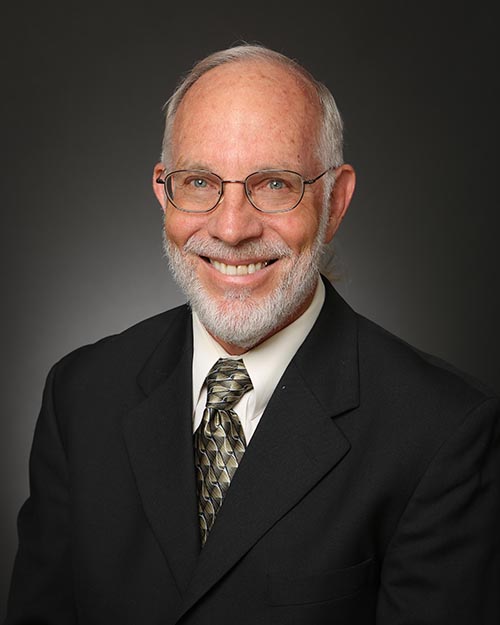
Robert Mullins
Robert Mullins is a professor of Biblical Studies at Azusa Pacific University in Los Angeles where he is also Chair of the Department of Biblical and Religious Studies. He received his Ph.D. in Archaeology from the Hebrew University of Jerusalem where he supervised areas at Tel Beth Shean and Tel Rehov under the direction of Prof. Amihai Mazar with whom he also worked with as a research assistant. Outside of Israel, he worked for two projects in southeastern Turkey at Tell Atchana (Alalakh) and Zincirli Hoyuk (Samal) under the auspices of the University of Chicago. Bob currently co-directs the archaeological project at Abel Beth Maacah in northern Israel together with two long-time friends and colleagues from the Hebrew University of Jerusalem. His research interests encompass Egyptian-Canaanite interaction during the Late Bronze Age, the Late Bronze/Iron Age I transition, Canaanite and Israelite religious cult, and cross-cultural interaction in the Levant and Eastern Mediterranean. Two recently published works are “The Late Bronze Age” with Eli Yannai in Volume 3 of The Pottery of Ancient Israel and Its Neighbors and the Atlas of the Biblical World (Fortress Press, 2019) with Mark Vitalis Hoffman.
Mission Statement: I have been a regular member of ASOR since 1996. In the past, I have served as an ASOR trustee and I would like to renew that commitment. I believe in ASOR and I will continue to support its mission regarding the history, people, and cultures of the Near East. I want to see us continue to move in the direction of a creative, vibrant, and diverse organization that serves the needs of its members and instills a greater appreciation of our profession to the public. I want us to continue to foster a culture of inquiry, scholarship, and collegiality that engages students and encourages international involvement, especially among students and professionals from underrepresented regions. With all that is going on in Syria and other war torn regions, we need to support heritage documentation and preservation as a professional responsibility. As the co-director of an archaeological project that has benefited from students having access to ASOR-funded excavation scholarships, I want to ensure that our ASOR membership does not lessen its financial commitment. Finally, I would like to see ASOR take the lead in reaching out to students and other scholars who normally attend SBL to have at least one joint session since everyone benefits from peer interaction and informed dialogue. I believe that ASOR has much to gain from a vision that articulates a clear purpose, demonstrates a high level of integrity, maintains fiscal stability, and promotes organizational structures and processes that effectively fulfill its purposes.
Institutionally-elected Trustees

Erin Darby
Erin Darby is an associate professor of Religious Studies at the University of Tennessee and the co-director of the CAP-affiliated ‘Ayn Gharandal Archaeological Project in southern Jordan. She graduated with her Ph.D. in Religious Studies from Duke University in 2011. Erin is an expert in the Hebrew Bible, archaeology, and ancient Near Eastern history and literature. Her publications, including her book, Interpreting Judean Pillar Figurines: Gender and Empire in Judean Apotropaic Ritual (Mohr Siebeck 2014), focus on the archaeology of ancient religion and the interpretation of religious iconography. As the co-director of the ‘Ayn Gharandal Archaeological Project, she is excavating a Nabataean-Islamic period site and leads the UT Dig Jordan study abroad program. At the University of Tennessee, she is one of the founding members of the Partnership for the Academic Study of Early Judaism, the Knoxville ArabFest cultural festival, the UT Archaeology Day outreach event, and the Tennessee Initiative for Middle East Studies. Erin also works closely with the UT Office of the Vice Chancellor for Diversity and Engagement, the Center for Global Engagement, the Office of Undergraduate Research, the Office of Experience Learning, and the Office of Development.
Mission Statement: I have been an active ASOR member since 2008 and have had the privilege of serving in a variety of ways. I was the co-chair of the Junior Scholars Committee (now ‘Early Career Scholars’) for seven years, overseeing its transition to a standing committee and representing the committee on the Chairs Coordinating Council. In this capacity, I also collaborated with the Ethics Working Group and the Initiative on the Status of Women. I have served as the program chair for the Archaeology of the Near East: Bronze and Iron Ages and as co-chair for a number of member-organized sessions. Most recently, I served on the ASOR Ad Hoc Committee for the Location of the Annual Meeting, and I was honored to receive an ASOR Membership Service Award in 2017. I have been the ASOR institutional representative for the University of Tennessee since encouraging the university to join ASOR in 2014.
Serving on the Board of Trustees is a new way for me to demonstrate my gratitude for how central ASOR has been in my professional life and in the lives of my students. My work with ASOR and with university administration has impressed upon me the importance of supporting ASOR in this time of transition in higher education. Alongside all of our current initiatives, I am particularly interested in thinking creatively about the value we bring to institutional members, ways we can articulate that value to institutions, and how we can maximize our connection to students in their classrooms and through ASOR-affiliated field schools. The challenges that are affecting higher education will certainly have an impact on scholarly societies like ASOR, but I believe that the type of learning encouraged through our programs is unique in the field of higher education and has the potential to yield new development initiatives.
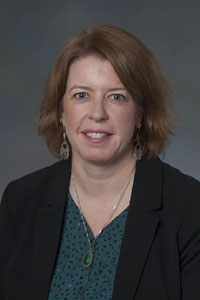
Debra Foran
Debra Foran is Assistant Professor in the Department of Archaeology and Heritage Studies at Wilfrid Laurier University. Her research focuses on pilgrimage and trade during the Late Byzantine period (5th to 8th centuries CE) in Jordan.
From 2006 and 2012, Dr. Foran directed the Tell Madaba Archaeological Project. Currently, she is the Director of the Town of Nebo Archaeological Project, which is investigating the role of landscape in the religious and economic development of the site of Khirbat al-Mukhayyat (Jordan). This project is part of a larger regional research effort designed to investigate the development of centralized institutions and state-ordered societies in central Jordan. Dr. Foran has also participated in archaeological field projects in Syria and Tunisia.
Foran has chaired several ASOR sessions on the archaeology of Jordan and the Byzantine and Early Islamic Near East. She served as Vice-President and Treasurer of ASOR-Canada (CASOR) from 2004 to 2007, at which time she was elected President, a position she still holds.
Foran joined the ASOR Board in January 2017.
Mission Statement: As a member of the Board of Trustees, I will uphold ASOR’s mandate to promote research into and public understanding of the cultures and history of the Near East. As an institutional member of the Board, I would like to seek out ways for ASOR’s current Institutional Members to become more active participants in ASOR’s programs and initiatives. I would also work on strategies to recruit more Institutional Members. I also wish to foster collaboration with the local communities that are directly affected by the archaeological research of ASOR members. One way of encouraging this collaboration that is of particular interest to me is the integration of national cultural heritage into school curricula. I would like to explore how, as a foreign researchers, the work of ASOR members can contribute to this. Finally, I want to explore innovative ways of incorporating undergraduate education into active excavation and research projects. The inclusion of both North American students and students from local communities will nurture their appreciation for the cultural heritage of the Near East and help safeguard the continuation and future of our discipline.
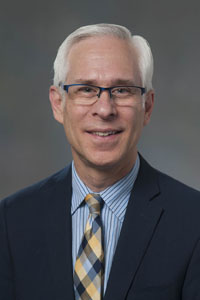
Michael Hasel
Michael G. Hasel is Director of the Institute of Archaeology and Lynn H. Wood Archaeological Museum at Southern Adventist University, where he has also served as Professor of Near Eastern Studies and Archaeology since 1998.
Hasel has participated and served in administrative capacities on ten different excavations in the Middle East, including Gezer, Ashkelon, Dor, Miqne-Ekron, Masada, and Hazor, in Israel; Idalion, Cyprus; and Jalul in Jordan. He has directed excavations at Khirbet Qeiyafa and currently is co-director of the Fourth Expedition to Lachish. As curator of the Lynn H. Wood Archaeological Museum, Hasel was responsible for planning and displaying art and objects from the ancient Near East in a state-of-the-art exhibit entitled “Vessels in Time: A Journey into the Biblical World.”
Hasel, an ASOR member since 1989, has chaired several ASOR sessions and served on the Agenda Committee. He held the Samuel H. Kress Fellowship at the W. F. Albright Institute for Archaeological Research (AIAR) in 1995-96 and a Fulbright at the Cyprus American Archaeological Research Institute (CAARI) in 2005. He is also a fellow of the Institute for Biblical Research. He has served two terms on the Board of Trustees since 2014.
Mission Statement: I have served as an active participant of ASOR since 1989 while still an undergraduate student and have missed one meeting in 30 years. I have watched ASOR grow into a strong society representing a wide variety of interests and research foci in the ancient Near Eastern and Mediterranean worlds. During that same period, I have been actively involved in excavations in Israel, Jordan, and Cyprus while also engaged in Egyptological research. I have co-directed projects at Khirbet Qeiyafa, Socoh and Lachish. As a director of an Institute of Archaeology and museum, part of my vision is to make our field relevant to this and future generations. Over the years I have noticed an increased separation in our field from an interdisciplinary historical approach as witnessed in the roots of ASOR. My concern is that without that connection we are at risk of losing an important and relevant voice to a large segment in North America. It seems that as we have grown, we have also experienced an increased fragmentation which leaves our younger scholars searching for direction and belonging. ASOR has been an important force in facilitating work in the modern Middle East and I would be happy to continue to support and serve as a member of the Board of Trustees.
Re-appointed Board-elected Trustees
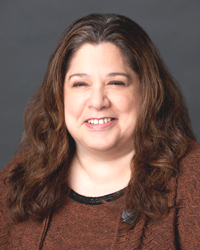
Lisa Ackerman
Lisa Ackerman is the Interim Chief Executive Officer of the World Monuments Fund, an organization founded in 1965 that has assisted in the conservation and development of long-term stewardship strategies at more than 600 sites in 100 countries. She has held her position at WMF since 2007 and has developed multiple international collaborative projects in conservation. In addition to general supervision over approximately 60 projects in 40 countries, she is the senior project manager for activities in Cambodia, Iraq, Libya, Thailand, and Tunisia. Previously she served as Executive Vice President and Chief Operating Officer of the World Monuments Fund and as Executive Vice President of the Samuel H. Kress Foundation.

Sheila Bishop
Sheila Bishop is the President of the Foundation for Biblical Archaeology, which was established “to promote the science of Biblical Archaeology as a discipline by providing funding and support for new and continuing excavations, publication, research, and education.” The Foundation has helped support the Mount Zion Survey, the excavations at Sepphoris, the Roman Aqaba project, the Cana of Galilee project, the reconstruction of a first-century Nazareth farm site, the Tzuba excavation, and the Jezreel expedition. The Foundation for Biblical Archaeology also funds Student Service Scholarships, which provide undergraduates and graduates at ASOR-member colleges, seminaries, and universities with funding to pay for transportation and lodging incurred while attending the ASOR Annual Meeting. In return, students serve as volunteers at the Registration Desk and in service of the Annual Meeting Program Committee and Session Chairs.
Bishop has served on the ASOR Board since January 2011. In November 2016, Bishop received the ASOR Membership Service Award.